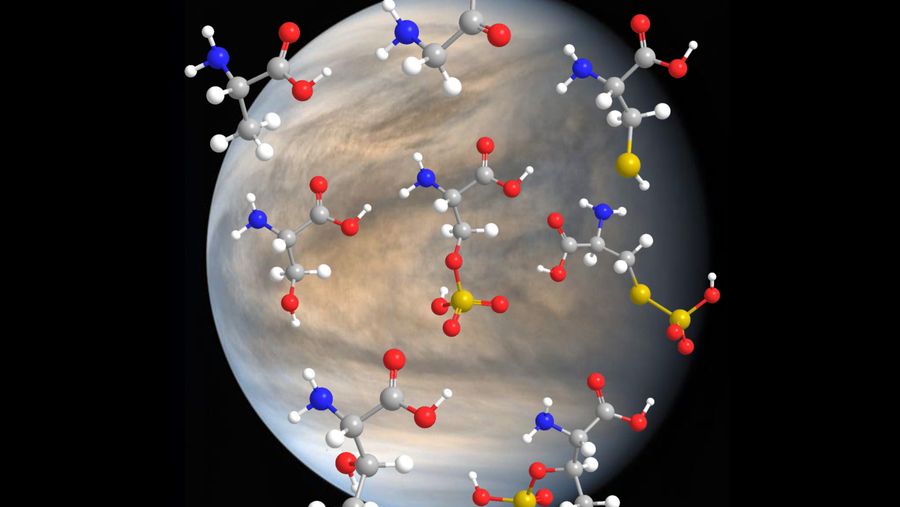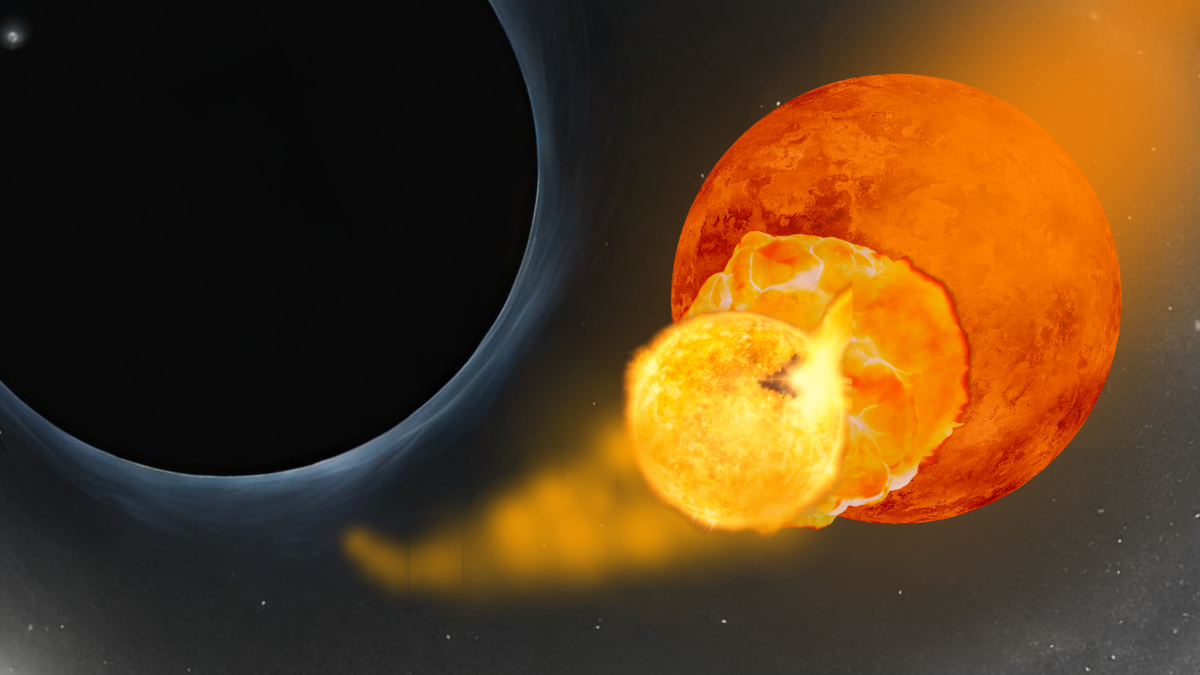Potential Extraterrestrial Life in the Toxic Clouds of Venus
If there is any chance of life on Venus within its toxic clouds, it appears that amino acids, the fundamental building blocks of life, may not be lacking. This recent finding follows a laboratory experiment conducted by scientists. Despite the shared title of “Earth’s twin,” Venus endures scorching temperatures exceeding hundreds of degrees and cloaked in clouds composed of corrosive sulfuric acid, a hazardous liquid capable of dissolving metals and causing irritation to human sensory organs. Consequently, Venus, the rocky planet in question, is not typically perceived as conducive to hosting living entities. In stark contrast, Mars, Jupiter’s icy moon Europa, and Saturn’s Enceladus present a more welcoming environment for potential life.
Scientific Observations
Researchers from the Massachusetts Institute of Technology (MIT) undertook a novel laboratory test to study amino acids’ endurance in a sulfuric acid solution containing traces of water. This solution closely emulated the sulfuric acid concentrations witnessed in the clouds of Venus. Surprisingly, 19 amino acids exhibited resilience over a month in this harsh chemical environment. The results suggest that sulfuric acid, often deemed incompatible with Earth’s organic chemistry, may not universally impede the existence of complex, life-sustaining molecules within Venus’s clouds.
“While Venusian life will inevitably differ from terrestrial life, this study propels the speculation that Venus’s clouds possess the essential chemicals required for life,” remarked Sara Seager, an astrophysicist and planetary scientist at MIT.
Significance of the Research
Earlier investigations involved dissolving 20 biogenic amino acids essential to earthly lifeforms in vials of sulfuric acid combined with water to mimic Venus’s cloud atmosphere. Over four weeks, the researchers observed that the molecular structure of 19 amino acids, including glycine, histidine, and arginine, remained intact despite the highly acidic setting. The outcomes defy the common perception of sulfuric acid’s corrosiveness, as the amino acid molecules retained their structural integrity.
Ultimately, the experiment concluded prematurely after four weeks due to no discernible changes in activity. This study does not definitively confirm the presence of life on Venus; however, had the amino acids deteriorated, the likelihood of life as we recognize it on Earth would have been grim.
Potential Implications and Future Expeditions
The revelation that nine of the 20 tested amino acids are also found in meteorites raises the possibility that meteor impacts could have transported these vital molecules to Venus. This discovery motivated the inception of a forthcoming mission named Venus Life Finder, set for launch in January. This mission intends to dispatch a spacecraft known as Photon to Venus to deploy a specialized probe into the planet’s atmosphere. The designed probe will analyze organic compounds while plummeting through Venus’s clouds and transmit data back to Earth before its inevitable destruction. The mission seeks to assess Venus’s potential habitability based on these findings.
“The latest study outcome hints at the likelihood of life on Venus, adding another optimistic checkpoint to our quest,” revealed Sara Seager, the principal investigator behind the Venus Life Finder mission.
The team’s research findings were recently documented in the journal Astrobiology on March 18.
Image/Photo credit: source url





